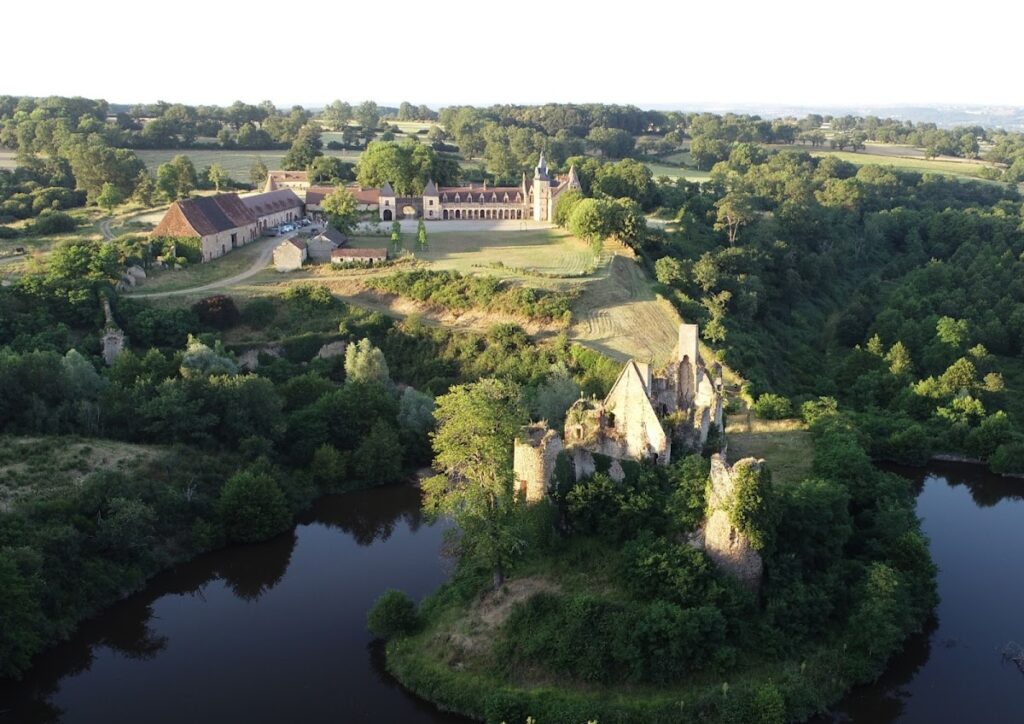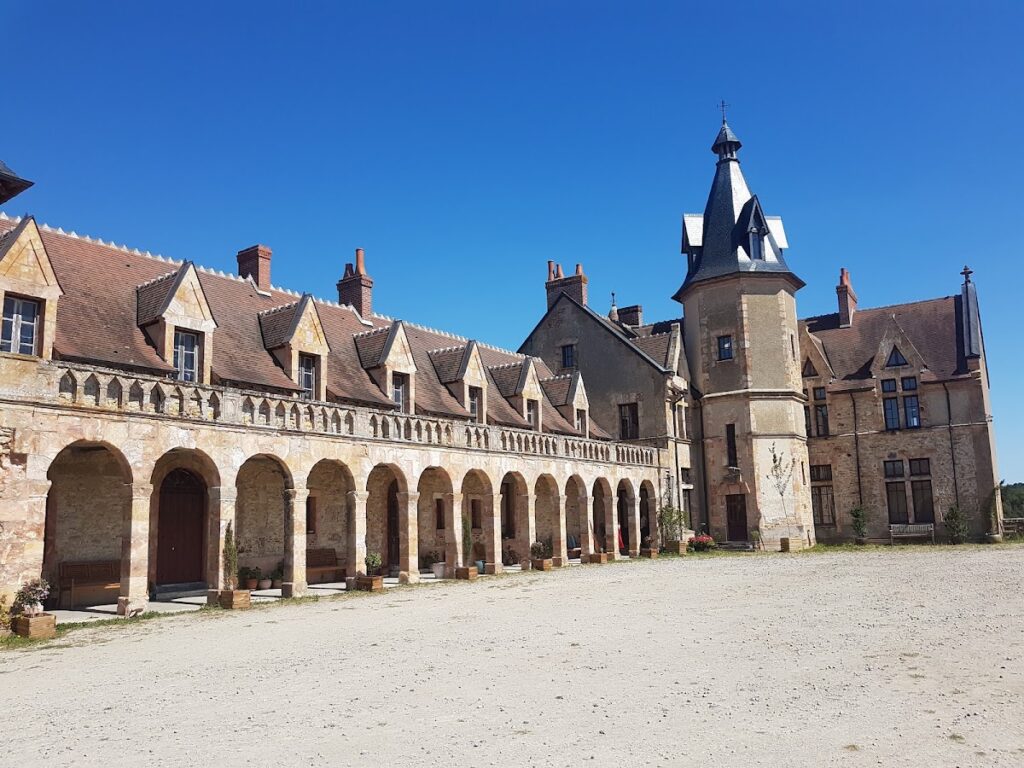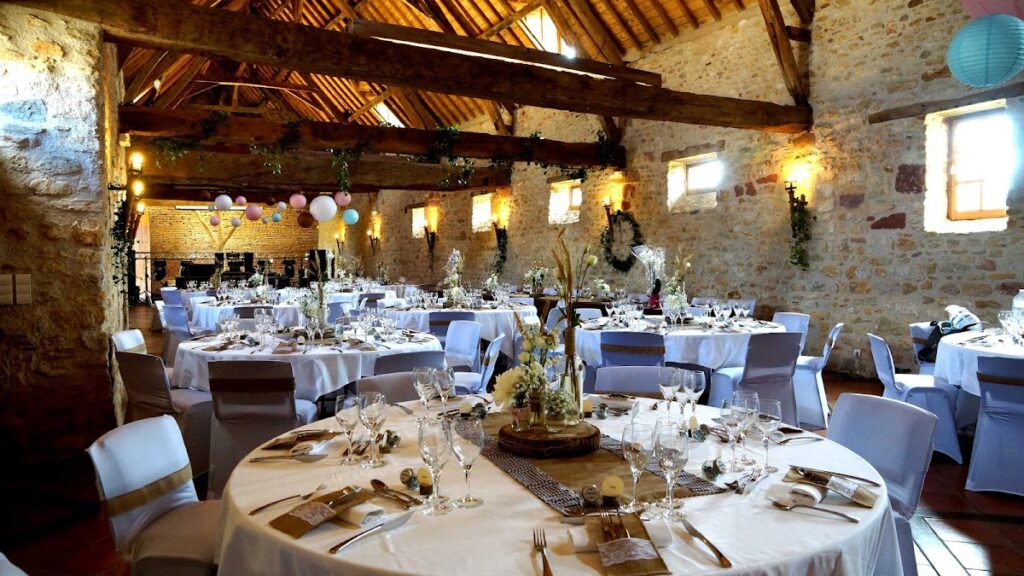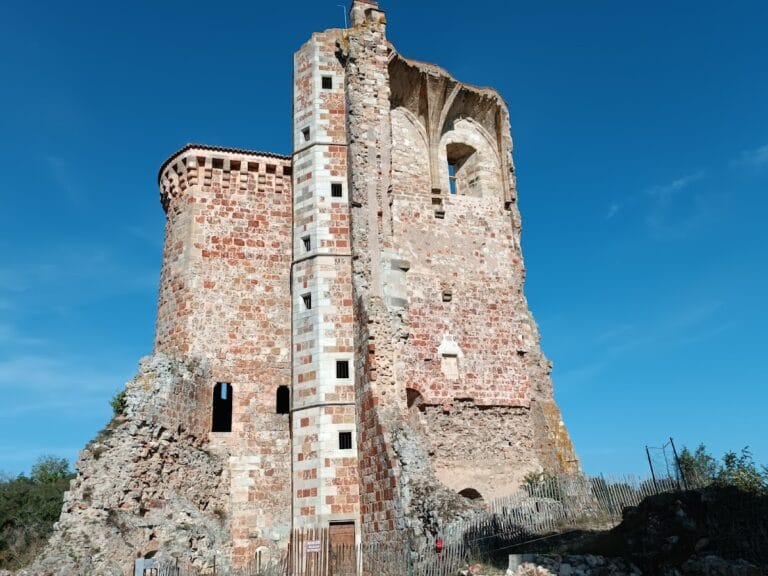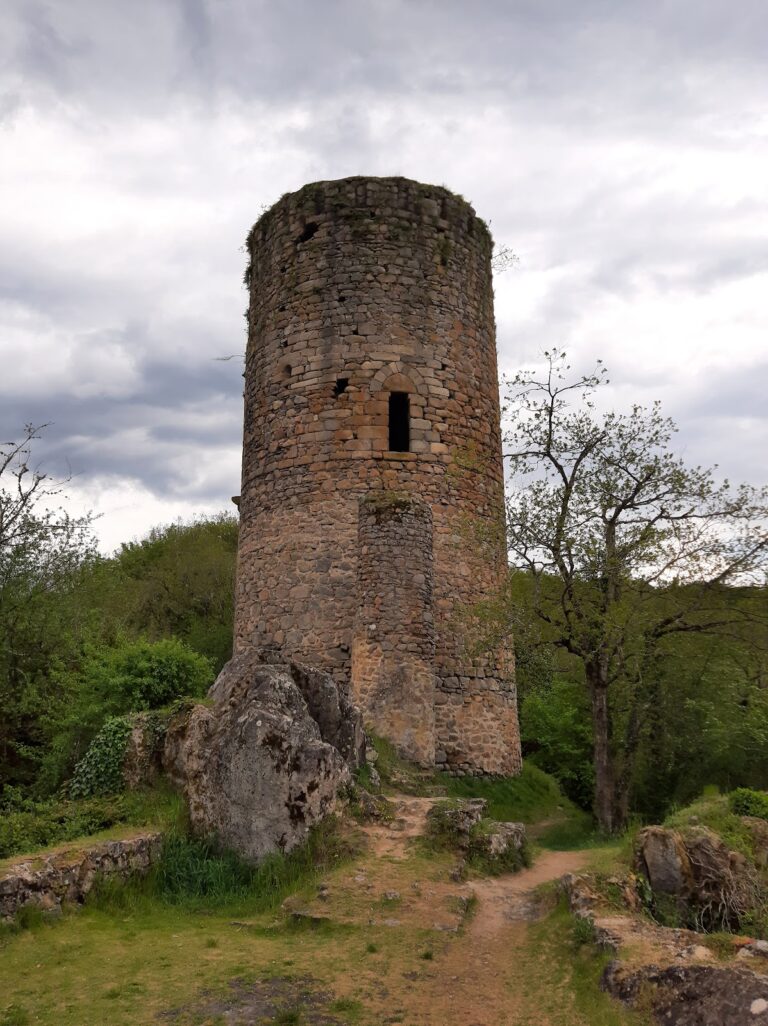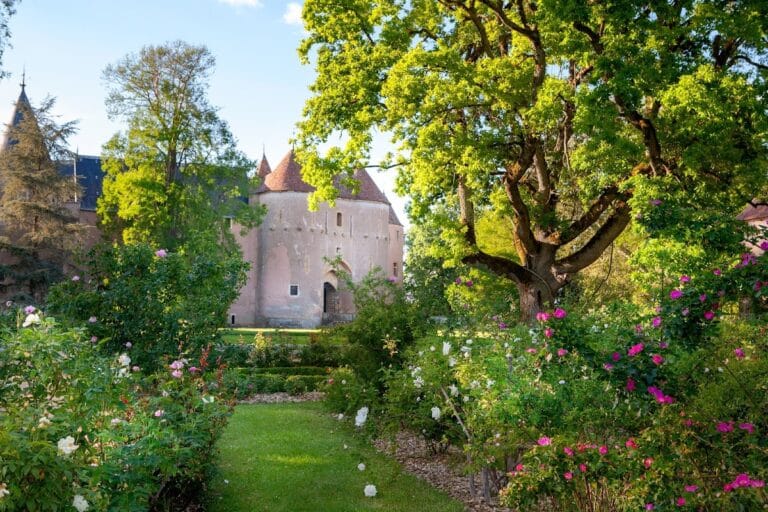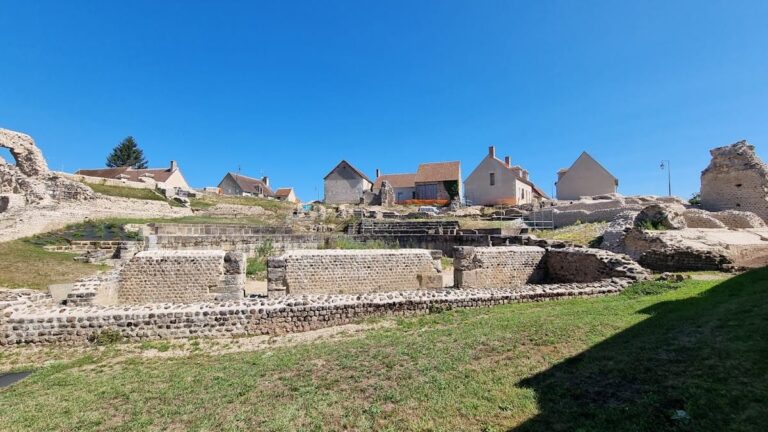Château de la Crête: A Historic Fortress and Château near Audes, France
Visitor Information
Google Rating: 4.5
Popularity: Low
Google Maps: View on Google Maps
Official Website: www.chateaudelacrete.fr
Country: France
Civilization: Unclassified
Remains: Military
History
Château de la Crête stands in the municipality of Les Maisons near Audes, France. The site originally hosted a fortress built by medieval builders in the 14th century. This stronghold reflects the fortified constructions typical of the Middle Ages in this region of France.
During the 16th century, the château became the birthplace and residence of François de Beaucaire de Péguillon, who served as the bishop of Metz from 1555 to 1568. Born at the château in 1514, he lived there until his death in 1591, marking a significant religious and familial connection to the site. Ownership later passed in the 17th century to the Luylier de la Souchère family, indicating a continuity of noble possession.
The original castle remained occupied up until the period of the French Revolution at the end of the 18th century. The political upheavals and societal changes of that era led to its abandonment, and over time the medieval fortress fell into ruin. In the late 19th and early 20th centuries, between 1895 and 1905, a new château was constructed within the lower courtyard of the old fortress. This newer building was designed in the Renaissance architectural style, representing a distinct departure from the medieval origins of the site.
The importance of Château de la Crête was recognized officially when it was placed on the list of historic monuments in France by a decree dated December 28, 2006. This designation helps preserve both the remnants of the medieval fortress and the early 20th-century château within its grounds.
Remains
The Château de la Crête encompasses a group of buildings arranged around a central courtyard, a layout that reflects the traditional design of residences blending defensive and domestic functions. From the central porch, various architectural elements such as towers, turrets, and a dovecote extend outward, creating a complex silhouette.
Among the surviving features, the dovecote and other elements display characteristics of neo-Gothic architecture. This style is notable for its use of mullioned windows, which are windows divided by vertical stone bars, adding both decoration and structural support. These neo-Gothic details belong to the château constructed around the turn of the 20th century and contrast distinctly with the stone ruins from the original medieval fortress that remain on the site.
The ruins of the first castle stand as fragmentary remains, highlighting how the medieval structure has been partially absorbed by later constructions. The site’s location about 1.5 kilometers west of Audes provides a commanding view over the nearby valley through which the Forêt stream flows, offering both strategic and scenic qualities that would have influenced its original medieval placement.
Together, these elements illustrate the château’s long history of construction, habitation, and architectural evolution, preserving traces of its medieval origins alongside more recent historic adaptations.

